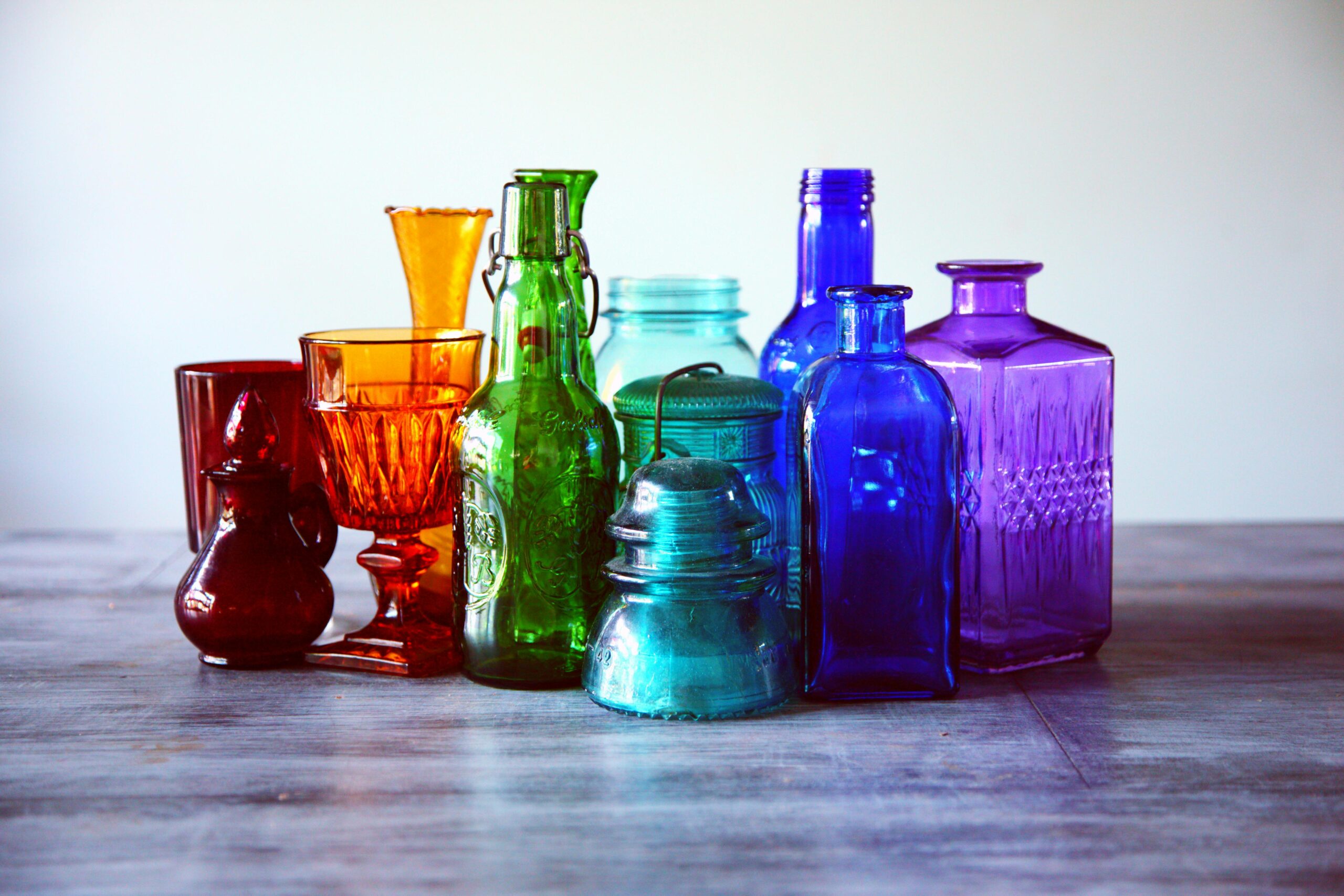The Psychology of Color in Home Decor: Choosing the Perfect Hues for Every Room
Have you ever entered a room and felt an instant sense of calm or excitement? Believe it or not, the colors used in decor can have a powerful impact on our mood and emotions. For example, yellow is associated with happiness and cheerfulness, while blue is often linked to calmness and relaxation. Understanding color psychology is key to creating a space that not only looks beautiful but also makes you feel good. In this post, we’ll explore the psychological effects of different colors in decor and provide guidance on choosing colors that match the desired mood for each room.
Red: This passionate hue evokes strong emotions like love, power, and excitement. In decor, red can add warmth and energy to a space. However, it should be used in moderation as too much red can overwhelm and agitate. Consider using red as an accent color, such as in throw pillows or a statement piece of furniture, rather than as a primary color.
Blue: Blue is a calming color that promotes relaxation and tranquility. It is perfect for bedrooms, bathrooms, and other areas where you want to create a peaceful atmosphere. Shades of blue, such as sky blue or periwinkle, are especially soothing and can help reduce stress and anxiety.
Green: This color is often associated with nature and represents growth, renewal, and harmony. Lighter shades of green, such as mint or sage, can create a calming effect similar to that of blue. On the other hand, darker shades of green, such as forest or olive, can add richness and sophistication to a space.
Yellow: This sunny color is linked to happiness, positivity, and optimism. It can add a cheerful and uplifting vibe to a room, making it perfect for kitchens and dining areas. However, too much yellow can be overwhelming and cause feelings of anxiety or irritability. Consider using yellow as an accent color in pillows or artwork.
Purple: This regal hue is often associated with luxury, creativity, and spirituality. It can add a sense of mystery and depth to a space, especially when used in darker shades such as eggplant or plum. However, lighter shades like lavender can have a calming effect similar to that of blue.
Choosing the right colors for your home decor is not just about aesthetics, but also about creating a mood and atmosphere that supports your emotions and well-being. Whether you want to create a relaxing bedroom or a cheerful living room, understanding color psychology can help you achieve the desired effect. Remember to use colors in moderation and consider the overall mood you want to create in each room. With a little bit of knowledge and creativity, you can transform your home into a space that not only looks beautiful but also feels good.




